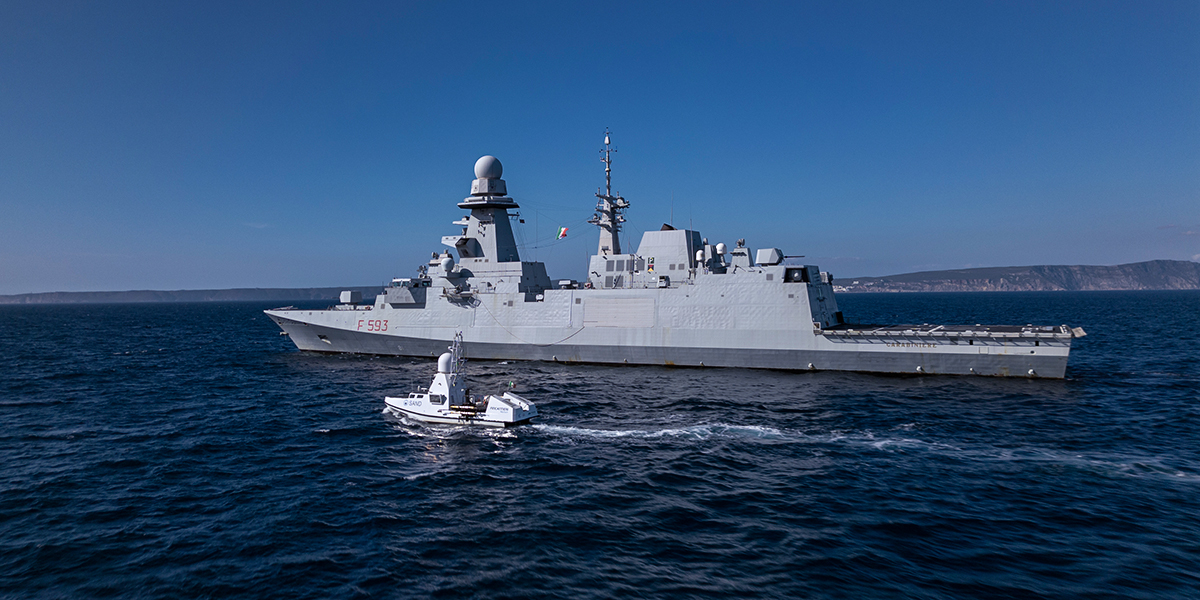Fincantieri NexTech showcases advanced unmanned system solutions at REPMUS 2024

The underwater domain is a new future in which Fincantieri Group will be an accelerator and catalyst for marine technologies. Just as space exploration drove groundbreaking advancements 40 years ago, the underwater field now demands disruptive innovations.
To support this technological revolution and enhance safety and security, the “Unmanned Management Systems & Underwater” LoB – Line of Business of Fincantieri NexTech – powered by IDS – in collaboration with Fincantieri and the Italian Navy CSSN (Centro di Supporto e Sperimentazione Navale) is testing its latest advances in Unmanned Management Systems (UMS) alongside the Surface Advanced Naval Drone (SAND), for the second consecutive year, at NATO’s Robotic Experimentation and Prototyping augmented by Maritime Unmanned Systems (REPMUS) 2024.
The REPMUS, currently underway in Portugal, allows NATO and partner countries, NATO Centres of Excellence, NATO STO Centre for Maritime Research and Experimentation (CMRE) and from this year also the European Defence Agency, to test Maritime Unmanned Systems of which the Fincantieri Group’s Multi Mission MUS Toolkit is part, in a realistic environment.
The Multi Mission MUS Toolkit, a cutting-edge system of unmanned systems solution based on the SAND with his Launch and Recovery Capability of small UUVs, together with an innovative UMS, can be integrated on new and legacy vessels, increasing the effectiveness and persistence related to the execution of specific military activities and reducing or eliminating the exposure of personnel to risks.
SAND, launched in early 2019 under a joint project between IDS – Ingegneria dei Sistemi, Effebi and Meccano Engineering, is a reconfigurable multi-role unmanned surface vehicle that can be used for a variety of missions, from Search and Rescue to environmental monitoring for maritime security. Over the last years, Fincantieri NexTech has integrated a Launch & Recovery System (LARS) for deploying small Unmanned Underwater Vehicles (UUVs) by Graal Tech with Naval Mine Warfare and Anti-Submarine Warfare capabilities.
SAND, acting as a communication gateway, together with the UMS provides new and legacy vessels with a system that can coordinate a team of unmanned systems belonging to different domains.
The platform and the autonomous activities of its payloads can be controlled and supervised by operators working at the Control Stations developed by Fincantieri NexTech, based on the experience acquired with remotely operated surface and air unmanned systems.

